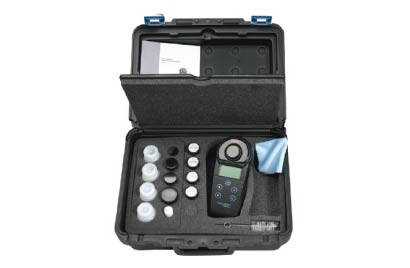Measuring Turbidity of Water
 Turbidity is a measure of the clarity of water. Silts and soils that are suspended within rivers and lakes cause high levels of turbidity, especially during storm and run-off events.
Turbidity is a measure of the clarity of water. Silts and soils that are suspended within rivers and lakes cause high levels of turbidity, especially during storm and run-off events.
Turbidity is caused by particles suspended in the water that scatters the light making the water appear cloudy. High turbidity can significantly affect the aesthetic quality of lakes and rivers, making them appear unkempt and dirty. This can have harmful effect on tourism and recreation. As well as this it can severely harm aquatic wildlife by reducing food supplies , as well as acting directly on fish, killing them, reducing their growth rate and making them less resistant to disease.
Turbidity can be sourced from either natural or manmade backgrounds. Natural sources such as erosion from upland or stream channel areas can increase turbidity. However human activities can accelerate the erosion. Tannic acids often associated with bog areas can cause the waters to become coloured resulting in turbidity. Phosphorus can also cause algae growth which increases turbidity. Phosphorus sources may include wastewater treatment facilities and nutrients from fertilizers found on croplands or farms.











